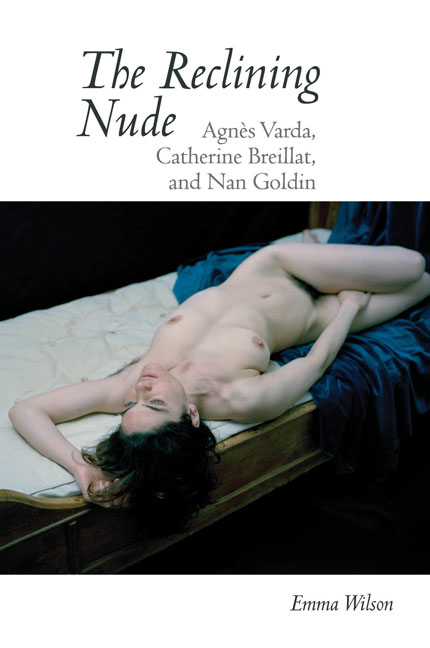Nan Goldin
Summary
This chapter looks at two bodies of work developed in Europe by American photographer Nan Goldin. I focus on two major projects that respond to specific sites in Paris, where Goldin sometimes lives and works. The Chapelle Saint-Louis de la Salpetriere is the location of her installation Soeurs, saintes et sibylles [Sisters, Saints, and Sibyls] (2004) about the suicide of her sister Barbara Holly Goldin. The Musée du Louvre is the focus of a projection, and ensuing series of grid pictures, and other grouped images, Scopophilia (2010), shown in New York, Rio de Janeiro, and Rome.
Writing in 2001, Guido Costa notes the shift of focus of Goldin's work from the United States to Europe during the 1990s: ‘Paris, Switzerland and Italy have gradually replaced Times Square and the Bowery as settings for her work. There are obvious personal reasons for this – mainly the loss of so many of her New York friends to AIDS’ (2001a, 12). He continues: ‘But also, perhaps, at a deeper level, Goldin feels a close intellectual and artistic connection with Europe (12). European art has always been a point of connection in her photography. In her later works, European locations – chapels, cemeteries, mausoleums, museums, hotel rooms, palazzi, and also volcanoes, islands, pools, and seas – are her spaces of creation and affective investment. In this work, in these locations, she realises a departure from the US that was already apparent or desired. This departure has led to an enriched understanding of her stretch as an artist. She speaks of how her work has been perceived differently in Europe: ‘In a deeper way, I think. It was seen as more about the human condition. And related to painting’ (Goldin, 1996, 448).
In her European phase, and in particular in France and Italy, her pictures hold ecstatic and melancholy expressions of grief and love, and are more languorous than her edgier images from an American bohemia. Sarah Ruddy has described Goldin's work across her different periods as ‘affective documentary’ (2009, 349). It is in her European phase that the retrospective aspects of this documentary impulse come most fully to the fore. As well as taking new pictures, Goldin looks back over her past images, finding new visual echoes and sensory connections through their rearrangement in a luxurious, historical, mythological environment.
- Type
- Chapter
- Information
- The Reclining NudeAgnès Varda, Catherine Breillat, and Nan Goldin, pp. 141 - 198Publisher: Liverpool University PressPrint publication year: 2019

